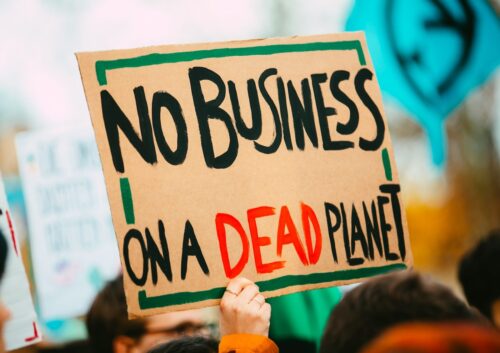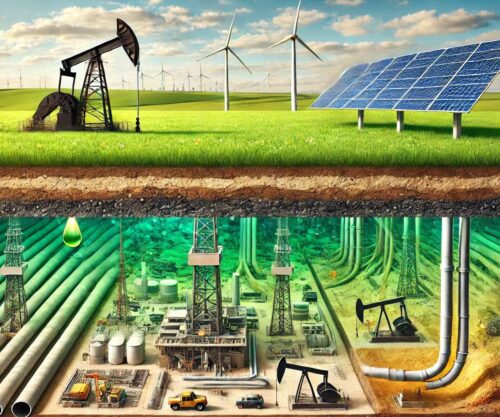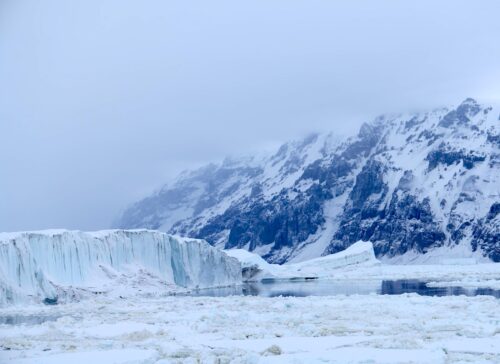
New research from Indonesia indicates that from about 6,000 to 10,000 years ago, when the ocean was warmer than today, coral reef growth was rapid, averaging ~6 mm per year. [emphasis, links added]
Sea levels rose rapidly from the Early to Mid-Holocene in this region, as they were up to two meters higher than today 6,000 years ago. The higher sea levels meant there was more room for coral reef growth.
As the ocean cooled and sea levels fell ~2 meters from the Mid-Holocene highstand, coral growth slowed to ~2-3 mm per year.
Today, corals are only growing at rates of ~1 mm per year, as the water depths are too low to accommodate reef expansion.
In fact, coral coverage “has declined on the flats over the last few decades,” as the “accommodation space is less than a meter at points.”

Research from the Great Barrier Reef region (e.g., Leonard et al., 2020) also indicates coral growth experienced “turn-off” periods during cold centuries (such as the Little Ice Age) with falling sea levels.
When the ocean was “~1-2°C warmer than present” and sea levels were “~1.0 meter higher than present,” this “allowed reefs to accrete uninhibited.”

Read more at No Tricks Zone



















According to Porfessor Ian Plimer, Geologist – he says we are at the peak of an interglacial, which means Earth will start to gradually cool in coming years. His forecast is based on the geological record dating back millions of years. There are historic cycles in the record to support his comment.
Then if CO2 is the “Temperature knob” the Climate Hysteria groups says it is then we better start burning more fossil fuels to add CO2 to the atmosphere, right?
While there have been periods of higher sea levels over Earth’s history, in the period covering the last 20,000 years, sea levels were lower during the peak of the last ice age and then rose to roughly present levels, exhibiting some local fluctuations.
Coral bleaching events become more likely when ocean waters reach temperatures even slightly higher than normal summertime highs, like 1°C or 2°C above average. Bleaching occurs when the corals expel the symbiotic algae, called zooxanthellae, living within their tissues. These algae provide the coral with most of its food and color. While corals can sometimes recover from bleaching if the heat stress subsides, prolonged or severe bleaching can lead to coral mortality.